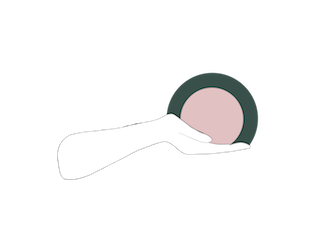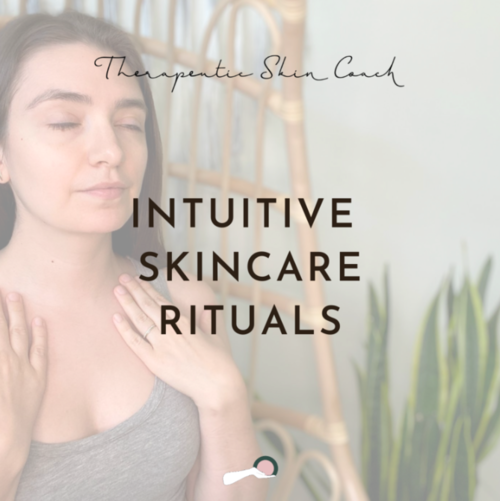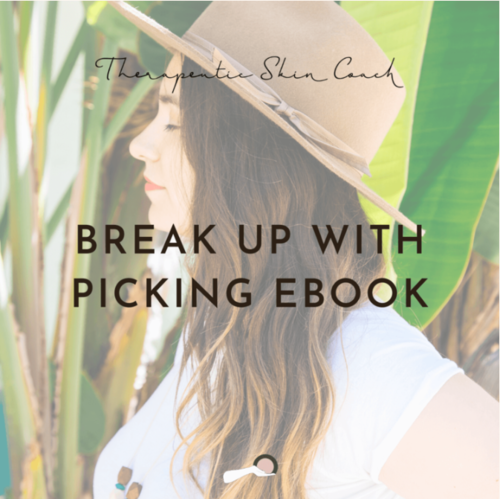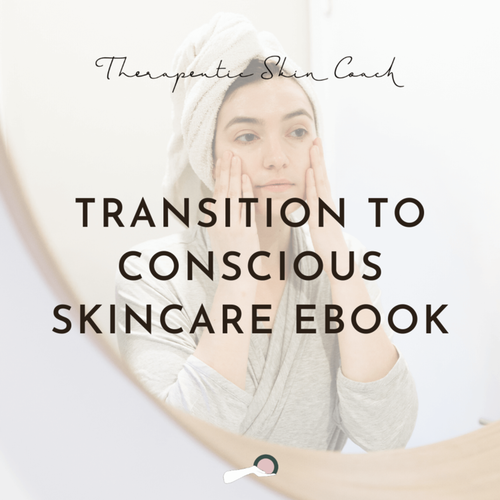Physical and emotional scars
A common topic that has been brought up to me over the last few weeks has been scarring. Whether it’s a physical scar or just the emotional aftermath of a bad breakout, this topic is very difficult for anyone who has suffered from an inflammatory skin condition. Remember when we thought scars were cool when the rugged bad boys from the movies would proudly wear one? Scars have a bit of a backstory and most of them can be worn as a badge of honor. That is unless they are a painful reminder of a previous breakout or other skin imbalance. So many clients are concerned about potential scarring from their previous acne that they would literally do anything to make it go away. For the client whose main concern is scarring and I tend to ease their mind by reminding them that not all scars are created equal and with the right homework they will turnover their cells enough to smooth out their skin. In order to to do there are a few questions to be taken into consideration first:
Number 1 - What are scars in the first place?
Number 2 - Are you setting yourself up for skin recovery success post facial?
Number 3 - Are you jumping some necessary skin steps to heal properly?
I’m here to break it down once and for all. So let’s jump in…
What are scars? Scars are a huge part of your skin’s healing process to a wound by forming fibrous tissue after an injury of sorts. The degree of scarring can vary depending on the severity of the injury itself. When it comes to facial scarring from a breakout many people experience a little scab or post inflammatory hyperpigmentation, which is when your skin stays red or turns a dark color after a blemish is gone *I find this is common with individuals with darker skin and individuals with vitamin D deficiency - the following will help with this condition as well*. In some more intense cases they will experience pitted scarring otherwise known as atrophic scarring. Atrophic scarring would be the most common in acne sufferers because of the lack of support of the basic cell function that allows our skin to self heal. This type of pitting can occur when there is a lack of connective tissue at the base of infection. That connective tissue is also known as collagen, which has been such a buzzy word in the beauty blogs for a long time and has slowly made their way into more nutrition based conversations. Which leads me to my next point…
Setting yourself up for success is all about insuring your skin can recover from the trauma of a breakout. Whether it is post facial or not, it’s important to support your body’s immunity and lymphatic system so that your skin can do what it does best and self heal. You can do this in so many ways like eating antioxidant rich foods that are alkaline and getting a ton of rest. Your body will do the rest. If you end up neglecting any of these factors your skin may have a harder time recovering which can mean it won’t signal a healing response in your skin to create more collagen. Adding collagen to your morning smoothie or applying a vitamin C serum is great but the best results come from a whole body approach. Imagine that the body is about to get sick, what do you do? Do you push yourself to the limit by ignoring all your symptoms? Do you just mask the symptoms with different medicines? The best way to get better is to slow down and allow yourself to heal. It’s not the immediate effect that you may have been hoping for but in the long run it’s the most effective for your mind, body and spirit.
When you jump to unnecessary steps to try to heal your skin you are telling your skin you don’t trust it’s process. If you decide to mix up different products and procedures without allowing any of them to run their course, it means you are not willing to sit in your body’s healing process. Our skin’s turnover rate is as short as one month. If you think of how short that time really is it’s easy to see why our skin can get so sensitized if we do too much to it in that short period of time. There are very simple and supportive ways to help your skin regenerate and restore itself without triggering more self wounding responses. Some of my favorite methods that are effective are:
1 - Gua Sha. Gua sha is a healing technique from traditional eastern Asian medicines. It is when you gently and slowly stimulate micro-circulations to the skin with a stone like jade or rose quartz. These movements promote a calm parasympathetic nervous system and allow the body to heal itself. It’s also a lovely self care ritual since the slower you go the better so you can really focus on your breathing.
2 - Acupuncture. Acupuncture allows your body to self heal because it opens up blocked channels of energy called chi. When your chi is stagnant, it’s easy for blockages to occur and stop simple functions of your body from working optimally. This is one of my favorite self care rituals for any skin condition since it can significantly reduce stress, aid hormonal balance and restore proper digestion.
3 - Dry Brushing. Dry brushing is an easy and quick way to gentle massage the lymphatic system which is the most important system for our skin’s health. Gently brushing our skin from our feet all the way to our neck, while always brushing towards the heart, will help your guide any derma-toxins out of the skin and flush out any waste through sweat or bowel movements.
4 - Mediation. Meditation is such a beautiful way to heal your skin because it allows you the opportunity to quiet your mind of the negative self talk. Shifting your thoughts to a quiet and safe place can allow you to uncover the reasons why you may not have recovered yet. Most people who are blocked from achieving their skin goals are subconsciously behaving in ways that are stalling their progress. Whether that means they are picking at their skin or just saying out loud how they hate their skin, those are major blocks connected to something deeper. Why do you feel like you don’t deserve healthy skin? If you meditate on that thought, so much can come up for you and that clarity will help you avoid toxic behaviors traumatizing to your health.
5 - Journaling. If you are the type that impulsively picks or over treats the skin, it might be time to pick up a journal and start writing what’s on your mind. Most pickers admittedly attribute their behavior as a means of control or a stress relief from anxiety. The only problem is that the result could leave a physical scar. Allow yourself to write out what may be on your mind before you think of touching your skin, that way when you finally get to your routine you have allowed yourself to face what’s really going on instead of taking it out on your skin.
In some cases if you have done all of the above suggestions with no change, it may be time to explore options of LED light therapy, micro-needling or laser treatments. I’m not against these therapies as I implement LED lights in almost all of my facials. The problem with the treatments are not the treatments themselves, it’s the fact that people will jump to the invasive procedures without trusting the body first. If you don’t trust your body, the emotional scarring may linger for a lot longer than you expect. So many people with close to perfect skin still see issues in their skin because they have yet to do the work in accepting themselves. We are all going to be different in how we handle situations but accepting the fact that nothing is permanent can help us see that our value isn’t having “perfect” skin. You don’t have to wear all scars like a badge of honor but you can start working on accepting that it’s just a part of your healing process. You are healing and that’s what matters. I hope this helps you connect with the underlining issues that may be holding you back from feeling like your best self. If you have any questions feel free to comment below or email me directly. Just remember that your body is doing the best it can and you are exactly where you need to be. Thanks for reading and have a beautiful day! xo - Hayley
Find more ways to discover Your Best Skin, Your Best Self with Therapeutic Skin Coach




